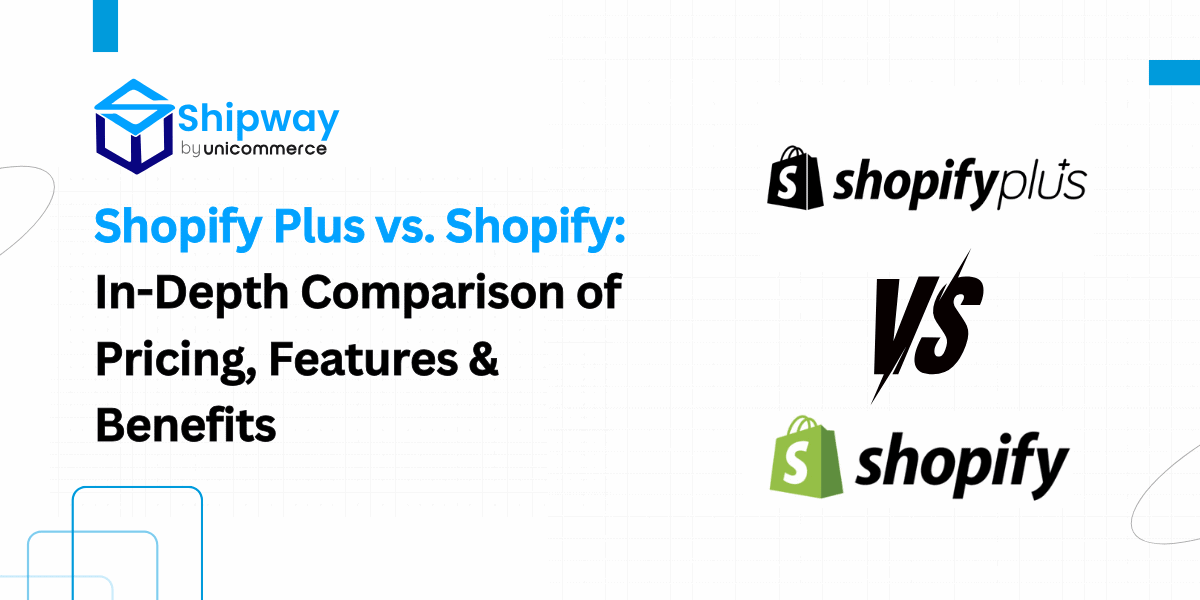“An entrepreneur without funding is a musician without an instrument.”
― Robert A. Rice Jr.
Setting up an eCommerce business requires capital. However, securing funding is often a crucial step in turning entrepreneurial dreams into reality.
Now, this brings us to the asked question- How to raise funds for an eCommerce startup?
And, like always, we are here to help you with a handcrafted guide. From traditional methods to innovative approaches, we’ll cover a range of options to suit different business models and funding needs. Let’s dive in and discover!
1. Bootstrap & Self-Funding

Starting with your own savings or personal investments is a common way to fund an eCommerce startup. Assess your financial situation and determine how much you can allocate toward your business.
This demonstrates your commitment and dedication to potential investors, making your venture more attractive.
2. Venture Capital

For eCommerce startups with significant growth potential, venture capital (VC) firms can provide substantial funding. Venture Capital firms invest in startups in exchange for equity and actively support their growth and development.
Research Venture Capital firms specializing in the e-commerce sector and craft a compelling business plan and pitch to secure their interest.
3. Revenue-based Financing

The third option on our list of ways to raise funds for an eCommerce startup is Revenue-based funding. You can opt for revenue-based companies, also known as revenue-based investment (RBI) companies, which are a type of business model or investment approach where funding is provided to companies in exchange for a percentage of their future revenue.
Bonus: Some of the companies that you can take funding from are GetVantage, Velocity, and more.
4. Angel Investors

Angel investors are individuals or groups who provide early-stage funding to startups in exchange for equity or convertible debt.
Research and connect with angel investor networks, attend startup events and prepare a compelling AI pitch deck to attract their attention. Angel investors often bring valuable industry knowledge and connections in addition to capital.
5. Crowdfunding

Utilize the power of the crowd by launching a crowdfunding campaign on platforms like Kickstarter or Indiegogo.
Present your eCommerce business concept and offer incentives to encourage people to contribute funds. This approach not only raises capital but also helps validate your idea and build a community of early supporters.
6. Friends & Family

Another option is to seek financial support from friends and family. Pitch your eCommerce business idea to your close circle and explore the possibility of receiving investments or loans from supportive individuals who believe in your vision.
Remember to formalize agreements and consider the potential impact on personal relationships.
Conclusion
Raising funds for your eCommerce startup requires a strategic approach and an understanding of the available options. We have listed the best options in our guide. Write to us on – and let us know which one works best!
You may also like…
Shopify Plus vs. Shopify: In-Depth Comparison of Pricing, Features & Benefits
If you're looking to build or scale an online store, Shopify is one of the most powerful and user-friendly eCommerce platforms available. However,...
read moreHow to Start a Cosmetic Business: 6 Essential Tips for Success
The beauty industry is booming, with millions of consumers searching daily for high-quality skincare, makeup, and personal care products. If you're...
read moreHow to Sell Your Products Online: A Guide for New Entrepreneurs
Selling products online has become more popular than ever, especially as customers increasingly prefer shopping through apps and websites...
read more




